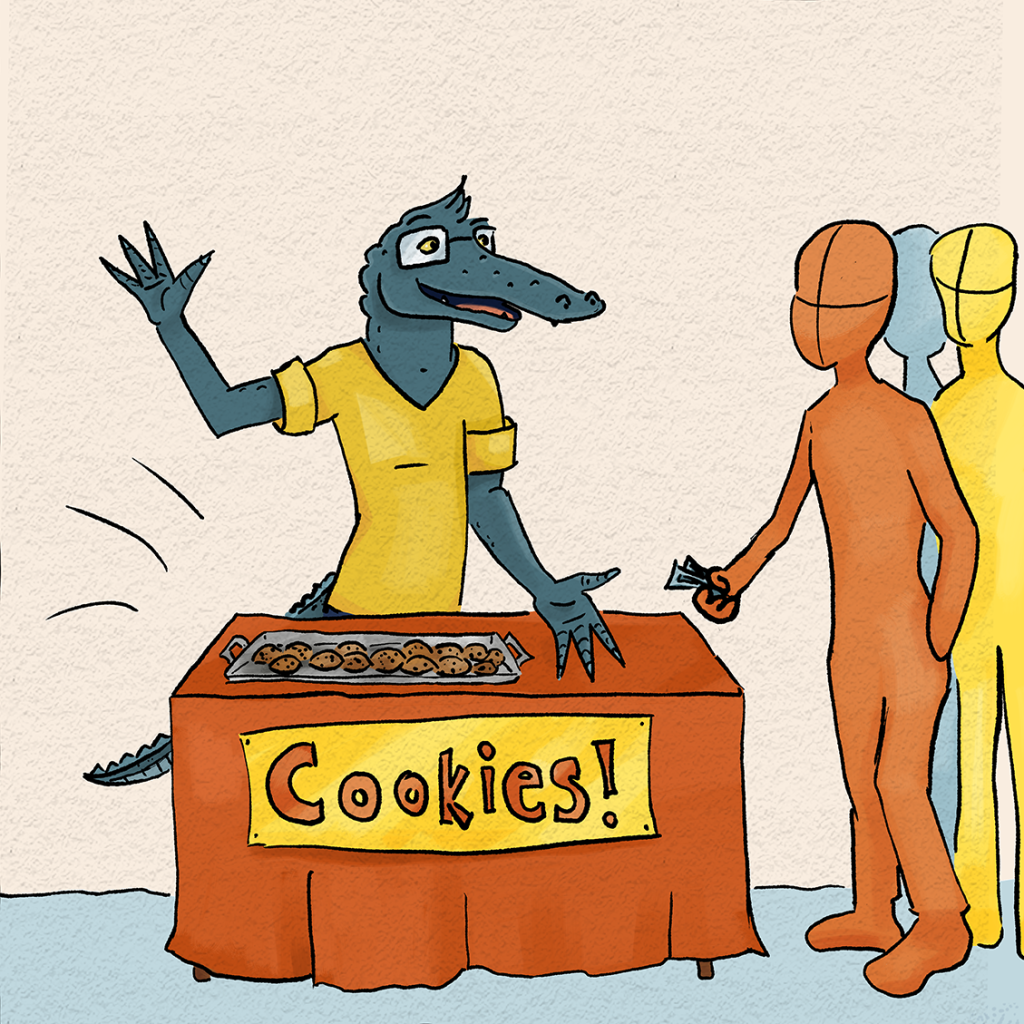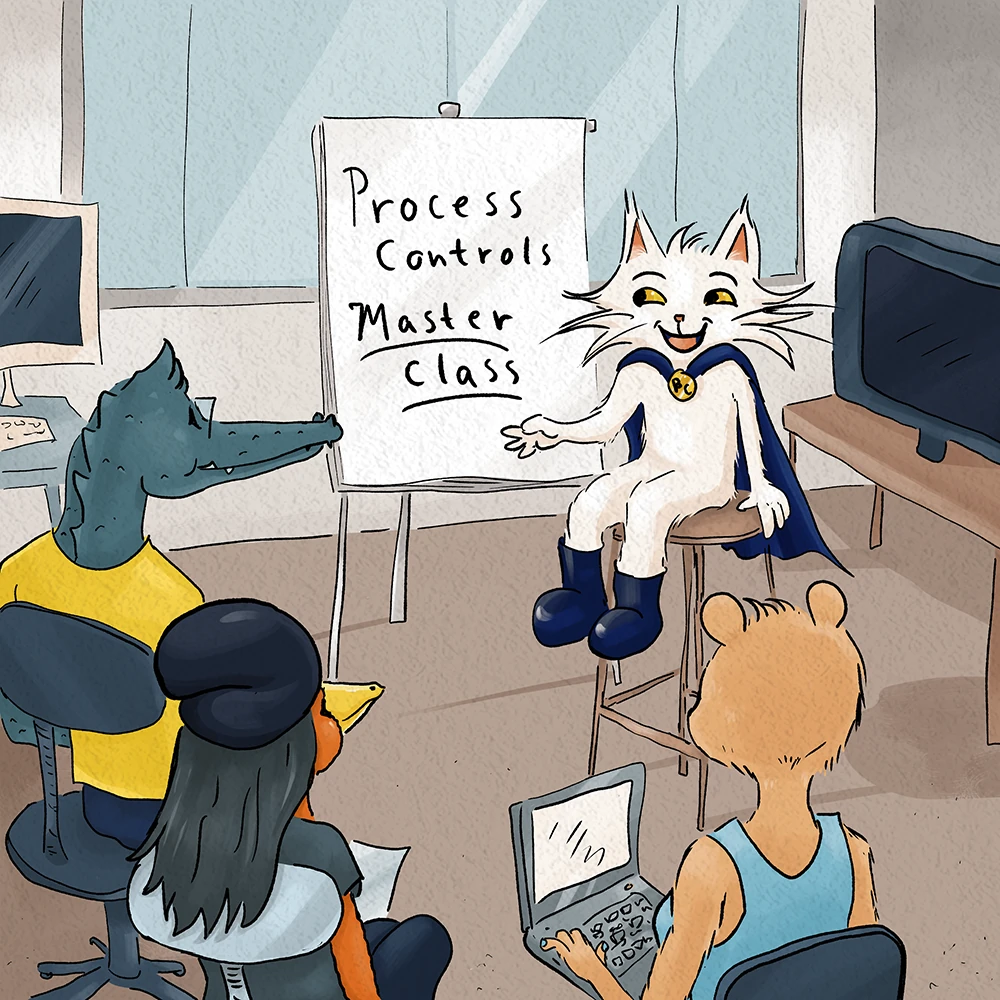Everybody knows that your profits are your income minus your expenses. But did you know that there’s an often-overlooked way to increase your profitability without raising your prices or sacrificing quality?
Profitability increases with Yield!
Yes, yield! If you read our last article, you know that yield is the percentage of items you start making that end up as sellable product.
Let’s look at an example:
Gary is an accountant who has a side business baking cookies and selling them at a local vendor fair.
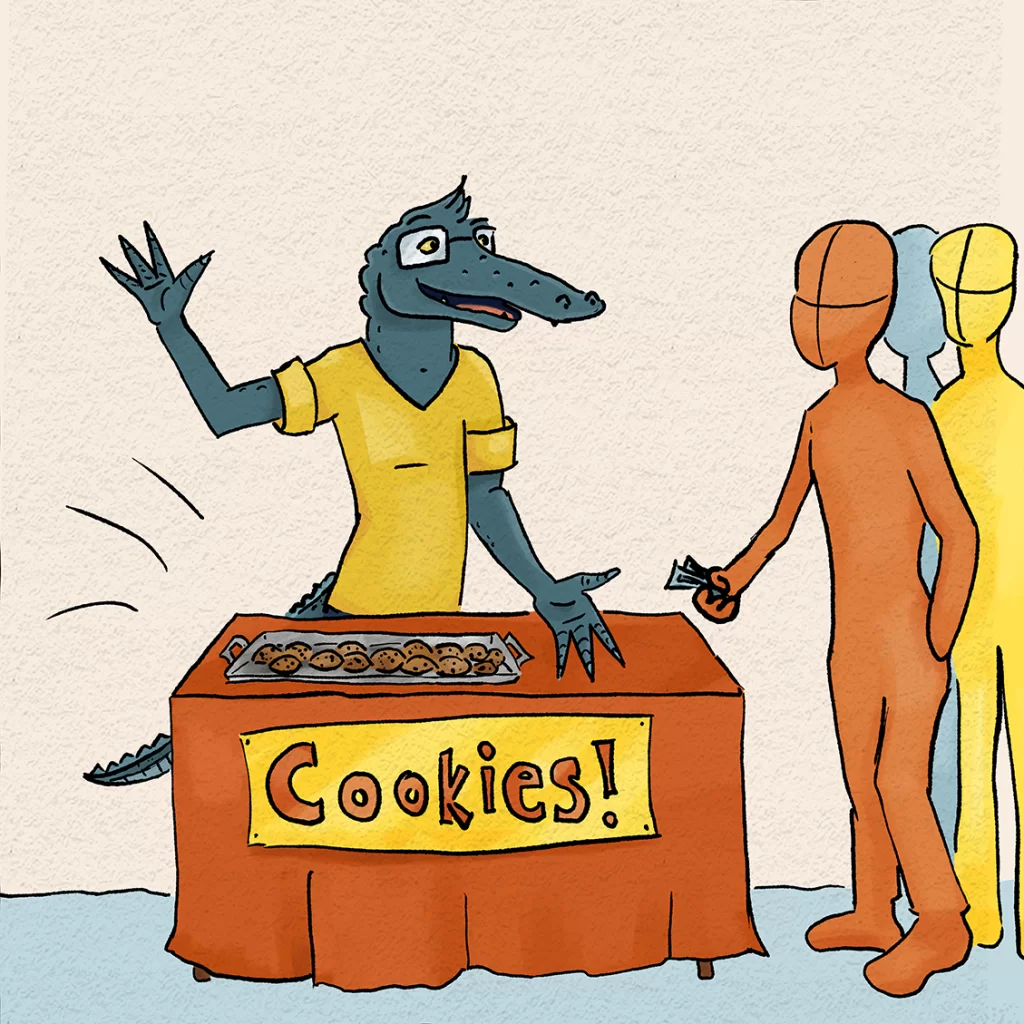
When Gary is making the cookies, sometimes he has to throw out a few because they get dropped, or burned, or whatever. These cookies that have to be thrown out are called his scrap, and the percentage that he gets to sell is called his yield. And the same concept applies to making anything, from medical devices to handmade mugs to athletic shoes! There is always some percentage of parts that have to be thrown out, even at very large companies with very mature manufacturing operations.

Wrong!
If you’ve been unaware of the concept of yield, you’re not alone. But this is a big deal, or at least it can be! Gary’s friend Process Cat convinced Gary to start tracking his yield.
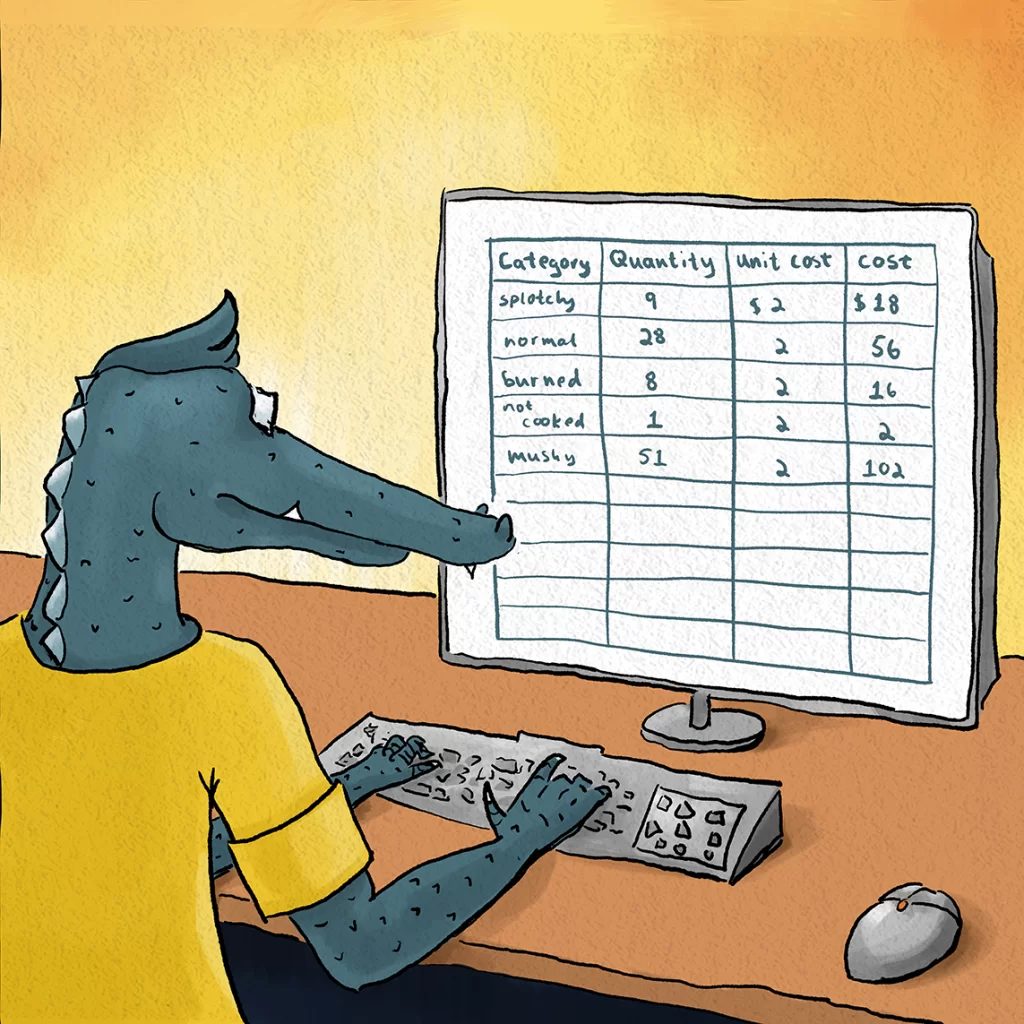
Gary also kept track of the actual number of cookies he was scrapping each week and found that he was averaging about 10. Now Process Cat showed him how to use that information:
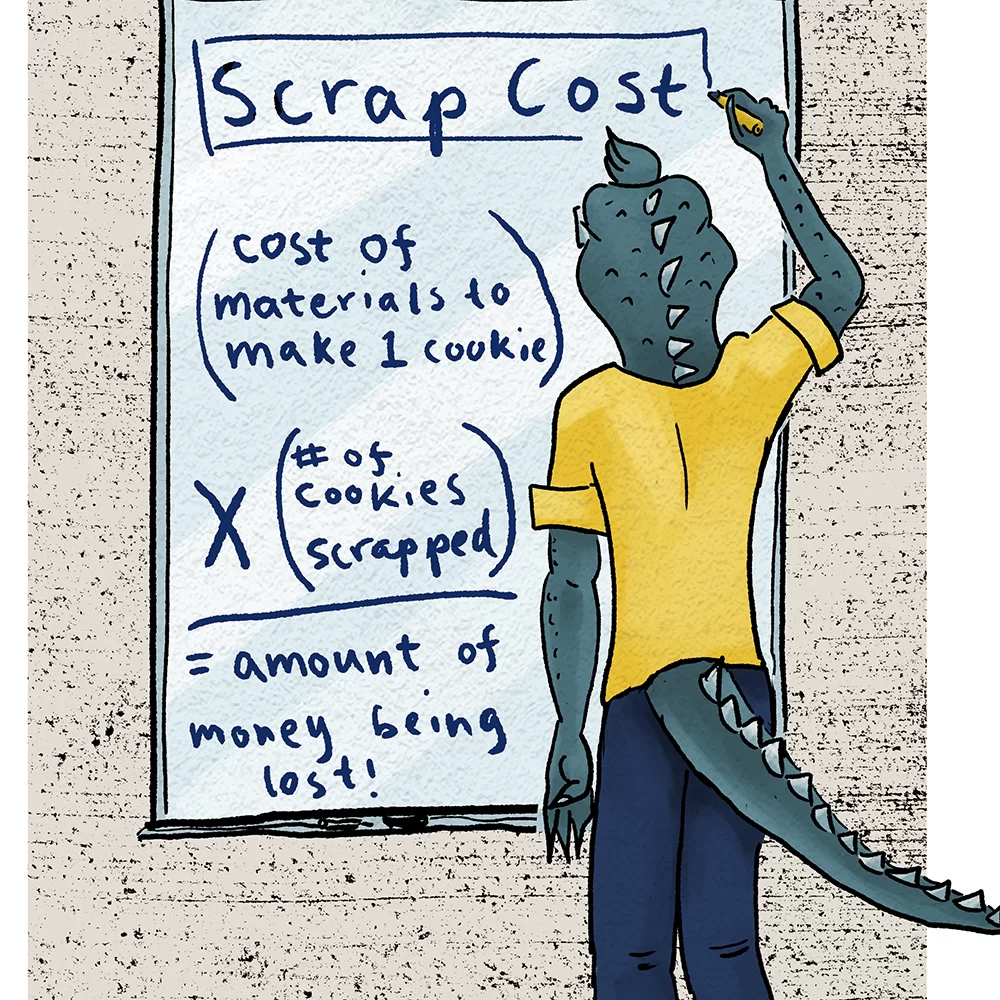
Gary has figured out that his cost of making one cookie is about $2.00.
So since he’s scrapping 10 cookies per week, he’s losing $20 of profitability per week to scrap, right?

Profitability is also affected by Opportunity Cost!
The above formula is correct in SOME situations. Specifically, it’s correct in situations where you are currently able to make as much as or more of your product than you’re able to sell. (The product is not sold out or on backorder.) Then the amount of money that you’re losing to scrap is the cost of materials* multiplied by the amount of scrap.
But that’s not Gary’s situation!
See, Gary sells his cookies fresh. So on market days he gets up early, bakes his batch of cookies, and takes them to the market to sell. And usually, he sells out before the market is over! That’s great, right?
Well…no! At least not from a profitability perspective.
Because it means that now Gary needs to consider opportunity cost in addition to scrap cost. Opportunity cost is the amount of money Gary could have MADE by selling those scrapped cookies.
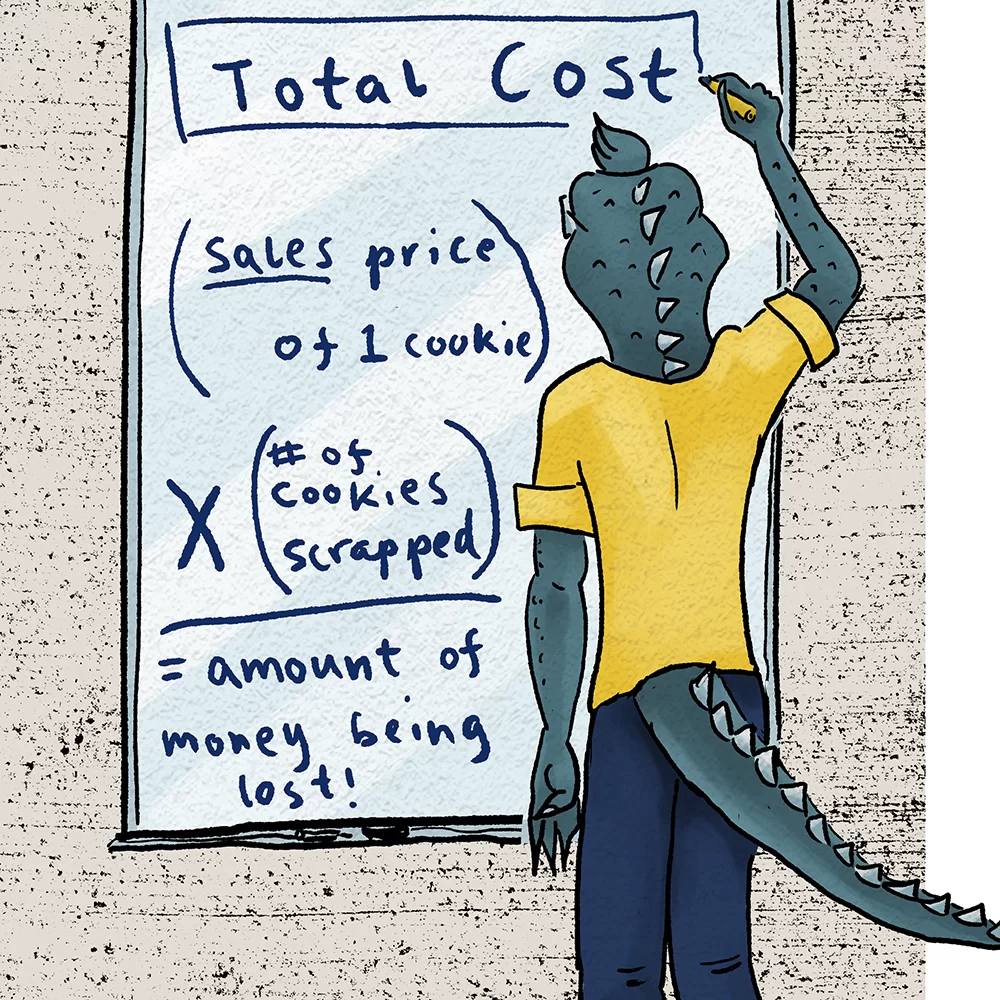
Gary sells the cookies for $5.00.
So that means in total he is losing that same $2.00 per cookie for scrap cost PLUS another $3.00 per cookie in profit that he’s losing by not having cookies to sell when there are customers who want to buy them. So his total loss is actually (10 scrap cookies per week)x($5.00 per cookie) = $50.00 per week!!!

Weekly challenge:
Gather some information and run these same calculations for your own business! Are you losing a significant amount of money to scrap cost (and/or opportunity cost)? If so, start thinking of ways you can address some of those yield killers!
